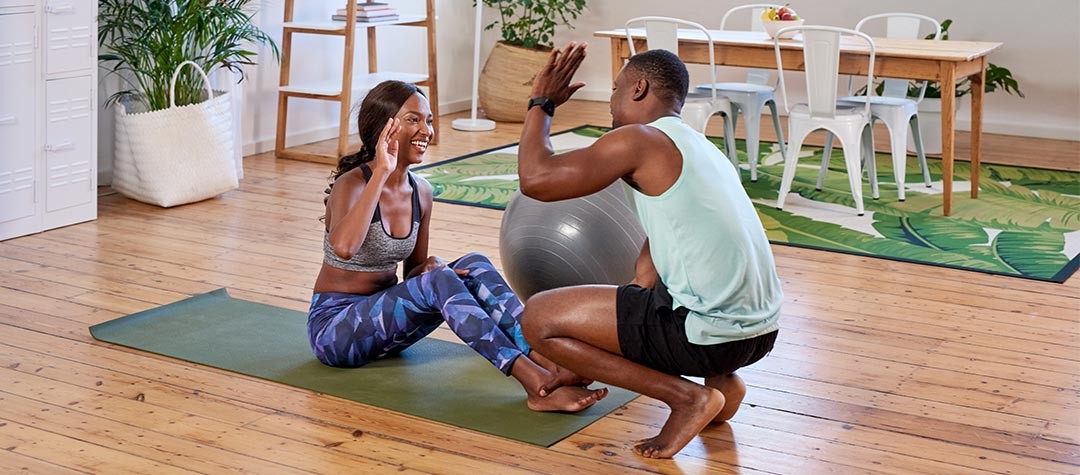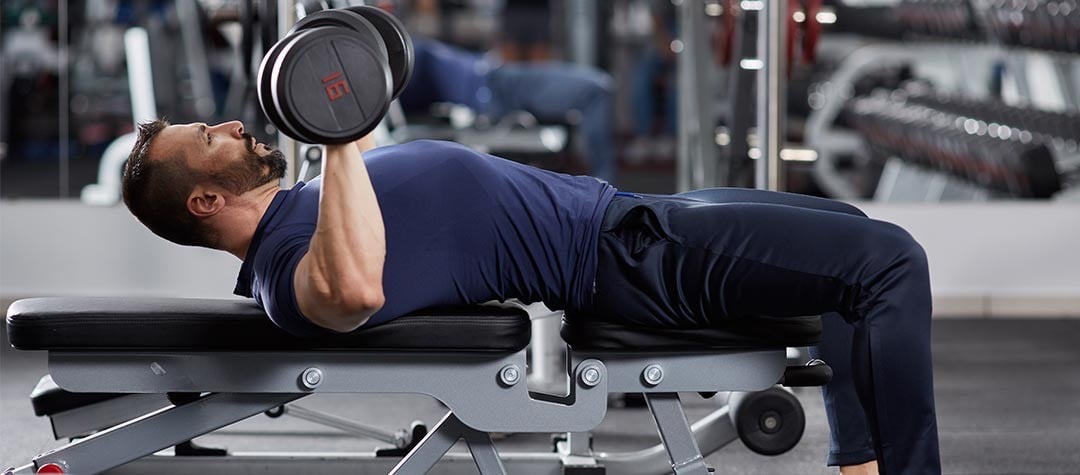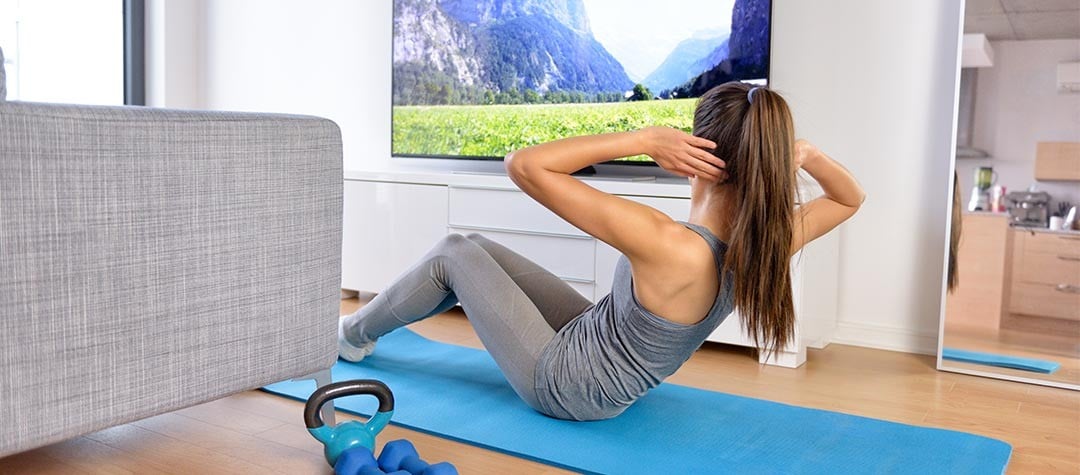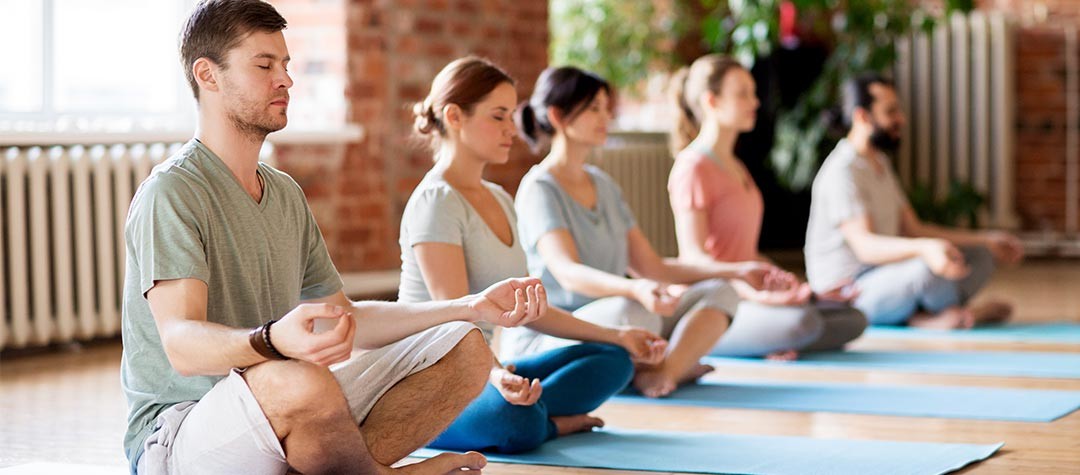When you first start out exercising it may be hard to find motivation and easy to find excuses to get out of a training session. Read on for our guide to overcoming those exercise excuses.
If you’re struggling to fit exercise into your life because of time constraints or a lack of motivation - or if you’re unwilling to pay expensive gym membership fees - then all is not lost ... There are plenty of ways in which you can get motivated to keep fit without breaking the bank or visiting a gym - and also many ways to fit exercise into your busy life.
Not convinced? Then read on for strategies to help you get fit and stay fit, which includes ideas and suggestions for:
-
Exercising on a budget
-
Maintaining your exercise motivation
-
Fitting exercise into the busiest of days
1. Time-saving exercise strategies
The scourge of modern-day living is that we never seem to have enough time — for anything it seems. One of the worst problems is having no time for that most important of activities for good all-round and long-term health: exercise. Very often it’s exercise that gets sidelined in favour of other things because ‘we’re just too busy’. However, making time for exercise is extremely important, and building regular exercise into your routine is a strategy for life — so try the following these time-saving and planning ideas, which wil l make it easier to integrate exercise into your life and, most importantly, keep it there:
Superset
If you like w orking out with weights, then you’ll enjoy supersetting. The supersetting technique is a great time-saver and, if used correctly, can cut your exercise time by as much as 50 per cent while still giving you the same results. To superset, instead of having rest periods between two sets of an exercise, you select an alternative exercise which will rest the muscles that you’ve just trained while exercising the opposite set of muscles. For example, alternate your exercises for the chest and upper back, stomach and lower back, front and back of upper arm, front and back of thigh, and so on.
Exercise during your commute
With traffic congestion always on the increase, combining exercise with your daily commute can not only save you time for a separate exercise session later, but can also save you commuting time. For example, you could try walking or cycling as part of your commute to get a healthy start to the day — or you could even try jogging to work if there are showering and changing facilities available at your workplace.
Kick-start your day with exercise
You don’t have to do this every day of the week — but occasionally, try setting your alarm clock a little earlier so that you can arrive early at the gym or swimming pool, or simply venture outside for a walk or jog while it’s still quiet. Exercising is a great start to your day and will keep you invigorated for hours afterwards.
Miss the TV shows for exercise
Many people claim to have no time for a workout, yet they are regular viewers of all the big shows. Missing the odd couple of episodes won’t mean you miss out on the continuing storylines and will free up an hour or two for you to fit in an exercise session.
2. Working out on a budget
A monthly gym membership, a wardrobe full of the latest kit and an array of fitness gadgets may be useful and attractive to have, but they’re not necessarily essential to keeping fit. In fact, some of the best forms of exercise are free or very inexpensive. The following exercise ideas are either free or very cheap — so now there’s no excuse to miss out your sessions ...
Go al fresco
The great outdoors is basically a free, open-air gym. Whether it’s a walk, a jog or some bodyweight exercises in your local park, exercising in the open air is fun, invigorating and — most importantly — free.
Get on your bike
Another free or very cheap form of exercise that improves your cardiovascular fitness and builds your leg strength. Cycling is a fun activity and maintaining a bike is inexpensive — which are both great reasons to ‘get on your bike’!
Pay as you go exercise classes
Rather than commit to the monthly outgoings of a gym membership — where you still have to pay a monthly fee even if you don’t attend due to vacations, illness or work commitments — why not try some ‘pay as you go’ exercise classes instead? A good exercise class can give you a great all-over workout and will frequently be available at very little cost per session. You only pay when you turn up, so there’ll be no wasted money — and some leisure centres or gyms offer reductions for books of tickets, which will provide you with a further saving.
Swimming
A session in your local pool is certainly one of the cheaper exercise options on offer because there’s no time limit on your workout — plus using a public facility is generally cheaper than using a privately-owned gym. Swimming is an excellent form of exercise and ideal if impact-type activities are unsuitable for you.
The home workout
If you want to work on your flexibility and tone up, then by acquiring a few basic items of equipment you can train in the comfort of your own home — and at a time to suit you! For between £30 and £65, the following items of exercise kit are all you need to get started:
- Stability ball. £10 to £20. For core training and as a platform for other exercises, a stability ball is a must!
- Skipping rope. £5. Skipping is an extremely underrated activity that combines CV training and coordination in one simple package — plus skipping ropes are extremely cheap!
- Exercise mat . £5 to £20. A simple, padded mat with a wipe-clean surface is ideal for floor based exercises and flexibility training.
- Dumbbell set. £10 to £20. For all-over toning, a cheap set of three or four pairs of dumbbells are all you need.
3. Maintaining motivation for exercise
‘Exercise is boring’ and ‘I’m fed up with my workout’ are just two common complaints from people who struggle with maintaining their motivation to keep exercising. Keeping focused isn’t easy but continuity is one of the keys to getting and staying fit, so it’s important to use as many tools as possible to keep everything going. Dip into these 3 strategies for keeping your eye on the ball:
-
Having an exercise goal. There’s nothing like setting yourself a goal to foster commitment to exercise. By having a target to aim for, your sessions will have focus and purpose and you’ll be more likely to factor exercise into your week as you work towards your goal. Your target could be anything — from weight loss to completing an event — as long as it’s your choice and personal to you.
-
New routines. Don’t get stuck in a rut with the same old boring exercise routine that you’ve always done. As well as not getting results, by keeping the same routine over a long period of time your motivation will suffer and you’ll easily find an excuse not to work out. So, why not step outside of your comfort zone and try out a new activity, exercise class or experience? Try learning a new sport, joining a club or taking a different class to introduce you to different training techniques. Something new will revitalize you and reawaken your enthusiasm again — so you’ll feel like you really want to make time to work out.
-
Make a date. Make an arrangement with a friend to meet them and go walking, jogging or running together. These are all great forms of cardiovascular exercise — and what’s better, they cost nothing! The key benefit of exercising with another person is that because you’ve made that commitment with someone else, there’s less of a chance that you’ll duck out of your exercise session.
4. No more exercise excuses …
If you really want to achieve something, you’ll make the necessary sacrifices; be they time, money or general commitment. The keys are to choose activities that you enjoy so that you’ll want to continue with them, plan your exercise so that it’s integrated into your week, and set targets. None of these need be expensive.
Whether it’s cost, time or motivation, keeping fit is easily achievable — so there’s really no excuse not to do it ...















